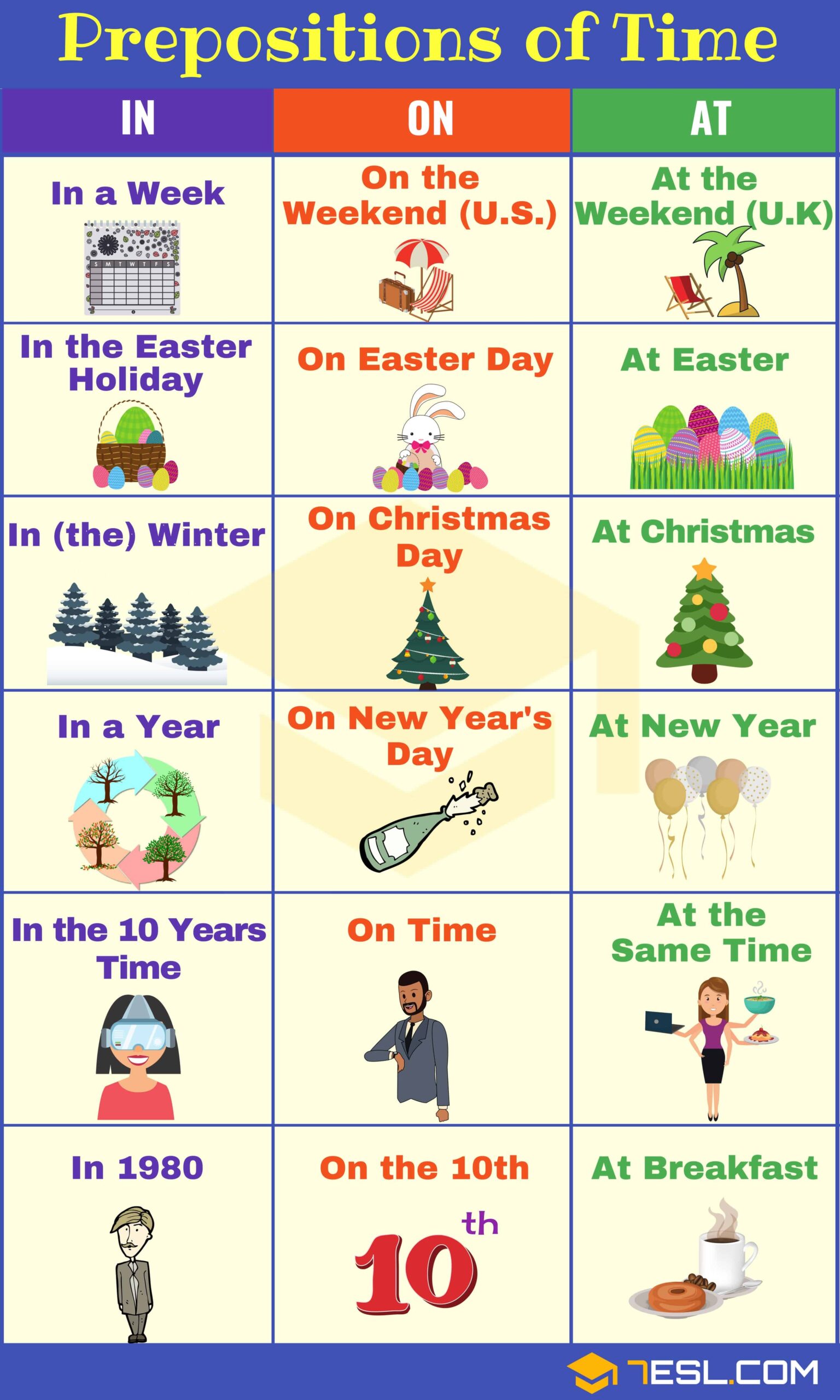Prepositions are essential parts of speech that show the relationship between a noun or pronoun and other words in a sentence. Understanding preposition rules and examples can help improve your grammar and communication skills.
Prepositions are usually placed before a noun or pronoun to provide information about time, location, direction, or other relationships. Some common examples of prepositions include “in,” “on,” “at,” “by,” “with,” “from,” and “to.”
Preposition Rules and Examples
1. Prepositions show location: Prepositions like “in,” “on,” and “at” are used to indicate where something is located. For example, “The book is on the table.”
2. Prepositions show time: Prepositions like “at,” “on,” and “in” are used to indicate when something happens. For example, “I have a meeting at 3 o’clock.”
3. Prepositions show direction: Prepositions like “to,” “from,” and “towards” are used to indicate movement or direction. For example, “She is walking to the park.”
4. Prepositions show possession: Prepositions like “of” are used to indicate possession or ownership. For example, “The car of my friend is blue.”
5. Prepositions show other relationships: Prepositions like “with,” “by,” and “for” are used to indicate relationships between objects or people. For example, “I am going with my sister to the concert.”
Understanding and using prepositions correctly can help make your writing more clear and concise. Practice using prepositions in different contexts to improve your grammar skills and enhance your communication abilities.
In conclusion, prepositions play a crucial role in forming meaningful sentences and conveying precise information. By following preposition rules and examples, you can enhance your language skills and effectively communicate your thoughts and ideas.
